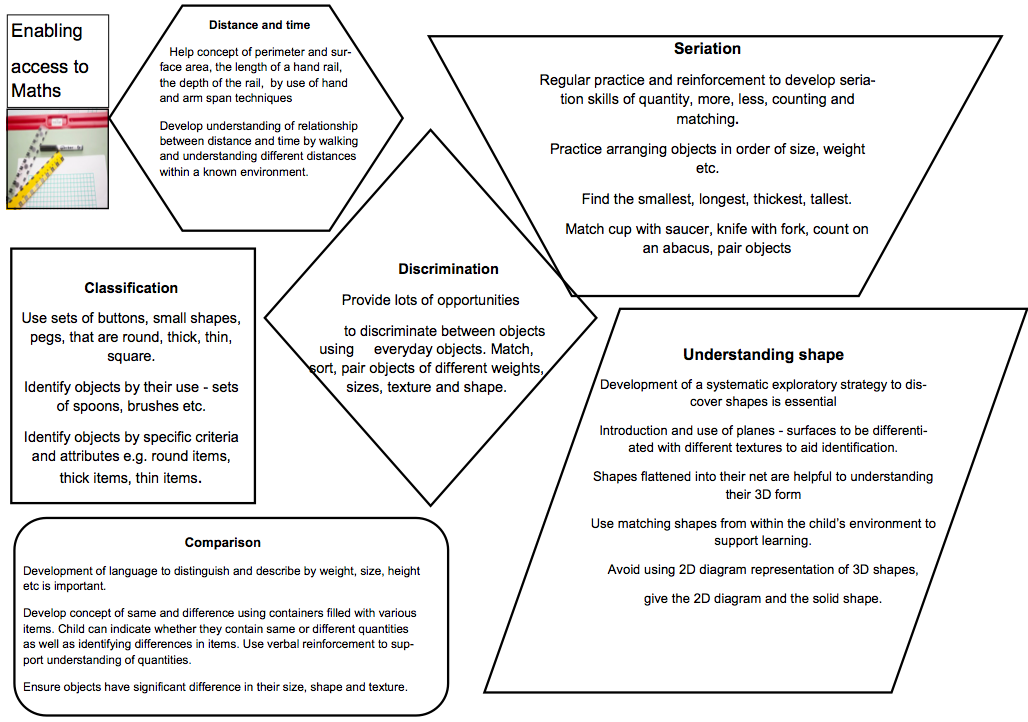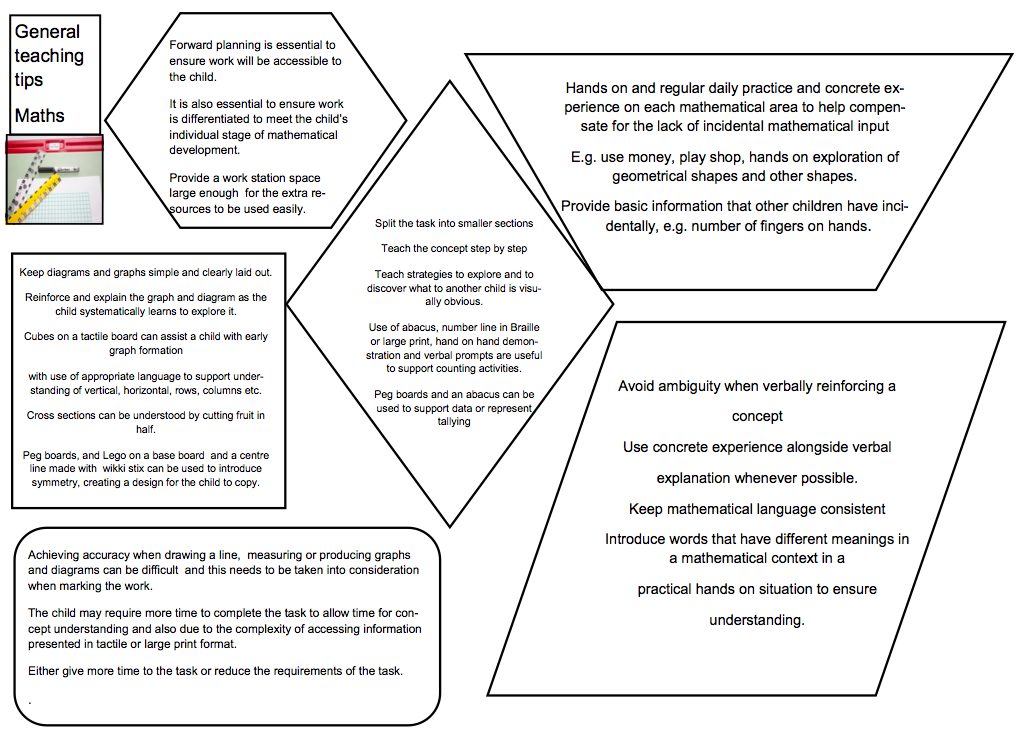Enabling Access to Maths
Submitted by Gwyn McCormack on Jun 08, 2015
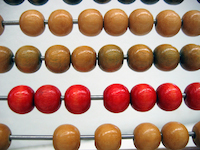
Distance and Time
- Help develop concept of perimeter and surface area by examining the length of a hand rail, the depth of the rail, by use of hand and arm span techniques.
- Develop understanding of relationship between distance and time by walking and understanding different distances within a known environment.
Seriation
- Regular practice and reinforcement to develop seriation skills of quantity, more, less, counting and matching.
- Practice arranging objects in order of size, weight etc.
- Find the smallest, longest, thickest, tallest.
- Match cup with saucer, knife with fork, count on an abacus, pair objects
Classification

- Use sets of buttons, small shapes, pegs, that are round, thick, thin, square.
- Identify objects by their use - sets of spoons, brushes etc.
- Identify objects by specific criteria and attributes e.g. round items, thick items, thin items.
Discrimination
- Provide lots of opportunities to discriminate between objects using everyday objects. Match, sort, pair objects of different weights, sizes, texture and shape.
Understanding Shape
- Development of a systematic exploratory strategy to discover shapes is essential
- Introduction and use of planes surfaces to be differentiated with different textures to aid identification.
- Shapes flattened into their net are helpful to understanding their 3D form
- Use matching shapes from within the child’s environment to support learning.
- Avoid using 2D diagram representation of 3D shapes, give the 2D diagram and the solid shape.
Comparison
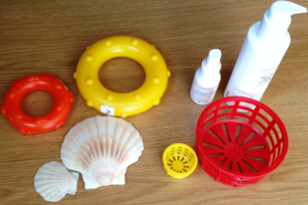
- Development of language to distinguish and describe by weight, size, height etc is important.
- Develop concept of same and difference using containers filled with various items. Child can indicate whether they contain same or different quantities as well as identifying differences in items. Use verbal reinforcement to support understanding of quantities.
- Ensure objects have significant difference in their size, shape and texture.
General Teaching Tips Maths
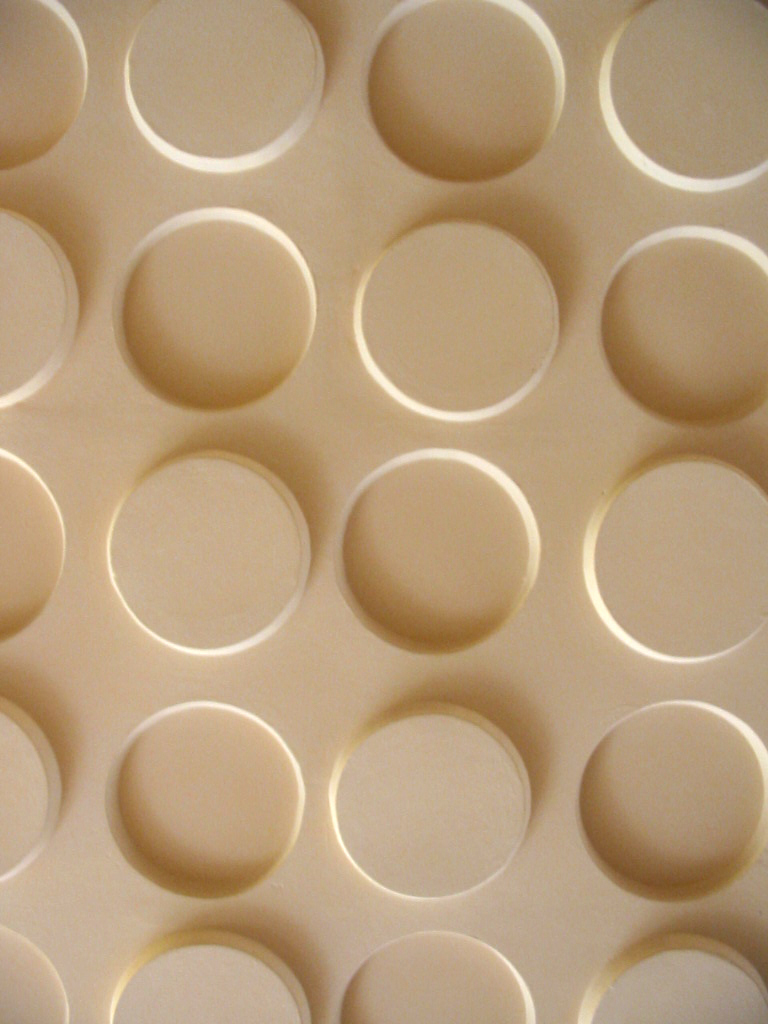
- Forward planning is essential to ensure work will be accessible to the child.
- It is also essential to ensure work is differentiated to meet the child's individual stage of mathematical development.
- Provide a work station space large enough for the extra resources to be used easily.
- Keep diagrams and graphs simple and clearly laid out.
- Reinforce and explain the graph and diagram as the child systematically learns to explore it.
- Cubes on a tactile board can assist a child with early graph formation with use of appropriate language to support understanding of vertical, horizontal, rows, columns etc.
- Cross sections can be understood by cutting fruit in half.
- Peg boards, and Lego on a base board and a centre line made with wikki stix can be used to introduce symmetry, creating a design for the child to copy.
- Split the task into smaller sections
- Teach the concept step by step
- Teach strategies to explore and to discover what to another child is visually obvious.
- Use of abacus, number line in Braille or large print, hand on hand demon- stration and verbal prompts are useful to support counting activities.
- Peg boards and an abacus can be used to support data or represent tallying
- Hands on and regular daily practice and concrete experience on each mathematical area to help compensate for the lack of incidental mathematical input, e.g. use money, play shop, hands on exploration of geometrical shapes and other shapes.
- Provide basic information that other children have incidentally, e.g. number of fingers on hands.
- Achieving accuracy when drawing a line, measuring or producing graphs and diagrams can be difficult and this needs to be taken into consideration when marking the work.
- The child may require more time to complete the task to allow time for concept understanding and also due to the complexity of accessing information presented in tactile or large print format.
- Either give more time to the task or reduce the requirements of the task.
- Avoid ambiguity when verbally reinforcing a concept
- Use concrete experience alongside verbal explanation whenever possible.
- Keep mathematical language consistent
- Introduce words that have different meanings in a mathematical context in a practical hands on situation to ensure understanding.
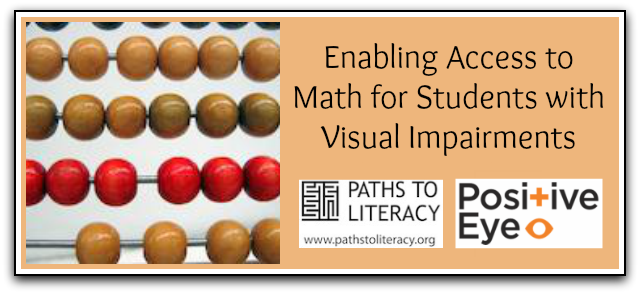
There are more shared ideas at www.positiveeye.co.uk


